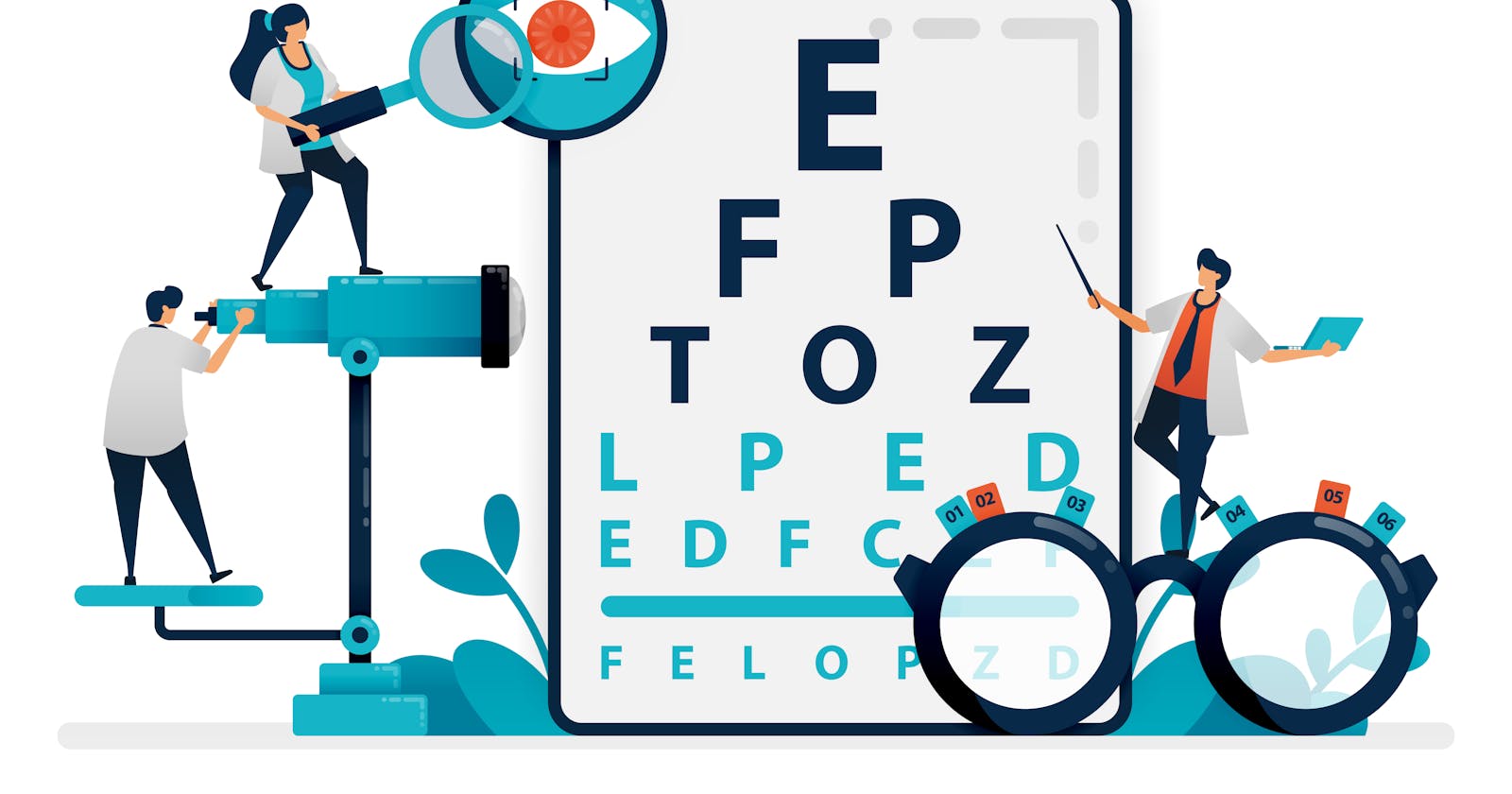This detailed guide covers all you need to know about visual regression testing.
When we say that a layout is correct, we mean that each element’s positioning, size, and shape on the screen are all accurate. Elements should not be overlapping, and they should be visible rather than buried.
A visual element can be an image, a page, a section of a page, or a portion of an image. The typeface, color, brightness, contrast, and other visual elements must be properly.
What Is Visual Regression Testing?
Visual regression testing, often called visual software testing, is a quality assurance activity that verifies if all visible elements of an application’s user interface (UI) appear consistent and appropriate to the user. It’s also known as visual validation testing.
The goal of visual regression testing is twofold:
Ensure visual fidelity: Verify that the application’s front end displays data and information as visually intended, including alignment, font styles, and overall aesthetic.
Maintain visual consistency: Confirm that the arrangement and visual layout of all UI elements (buttons, menus, icons, text) remain consistent and unbroken after any software changes.
Regression testing ensures that new software changes don’t disrupt existing functionality. Similarly, visual regression testing ensures that no visual inconsistencies or unintended design changes arise due to software modifications. The program should maintain its established visual appearance throughout development.
Visual regression testing tools typically work by taking screenshots of the current UI and comparing them to a previously established baseline. This process identifies any discrepancies between the current UI and the approved baseline, ensuring that despite code changes, the web page still renders as visually intended across various browsers, devices, and platforms.
Why Visual Regression Testing is Important?
Visual regression testing is becoming increasingly crucial in today’s continuous integration processes to ensure that new changes do not mess up the layout as the program evolves from version to version and across browsers.
Many organizations use it to record versions of certain web pages to document how they change from one iteration to the next.
Furthermore, there are so many different operating systems, web browsers, screen resolutions, and devices available, it’s critical to guarantee that the UI looks good on all of them.
Even a tiny UI flaw can result in a loss of revenue. Users can be annoyed by visual glitches, which can be both bothersome and inconvenient.
Assume you’re in the banking and your customers have access to an online mobile banking application.
Some people claim that when they wish to transfer money to someone’s account, they can’t find the ‘Submit’ button on the screen after entering all relevant information, which is an inconvenient experience for them.
When you look into the problem, you’ll discover that the submit button is hidden on a particular screen resolution for Android phones, which is why all customers using Android phones with that screen size couldn’t see it.
In this situation, the application’s functionality was good, but users could not accomplish their planned actions on the app due to the visual problem.
Visual validation testing is highly suggested in the following areas (since it will directly impact your brand), like responsive websites and mobile apps.
It is also recommended for marketing websites, content management systems, and consumer systems like travel, banking, etc.
Given its importance, businesses should devote significant time and resources to visual testing. In addition, it will assist you in spotting visual flaws in the early stages of SDLC when used in conjunction with existing developer tests.
How Visual Testing Works?
Visual tests produce, analyze, and compare browser snapshots to see if any pixels have changed. For example, the term “visual diffs” refers to pixel differences (sometimes called perceptual diffs, CSS diffs, pdiffs, UI diffs).
Visual testing necessitates the use of 2 things; a test runner that allows you to write and run tests and a framework for replicating user activities in the browser.
Developers write code to replicate user interactions (filling out a form, selecting items, etc.). They insert commands to capture screenshots at strategic points during test execution.
When the test runs for the first time, these screenshots become the baseline against which future changes are measured.
The QA team then executes the test, and screenshots are automatically captured whenever a change is detected. Each snapshot is compared to its corresponding baseline image. If any discrepancies exist, the test is marked as failed.
A report is created automatically once the test code has completed execution. A reviewer then reviews the photos that have been diagnosed as altered from their baseline.
In addition, some testing software generates reports showing the variations between the baseline and final images discovered after the test was completed.
If the picture differences result from problems, developers can repair them and rerun the test to see if the fixes were successful. For example, assume that additional UI modifications result in inconsistencies.
For instance, developers will have to go over the snapshot and update the baseline images against which future visual tests can be done.
Benefits Of Automated Visual Regression Testing
Visual regression testing software analyses images “pixel by pixel” to look for changes caused by poor practices. In addition, it enables organizations to ensure that these modifications do not hurt the end-user experience.
A single visual image can be used to replace hundreds of assertions.
The user interface is examined using automated visual testing in several browsers, displays, and devices.
Significant changes in material and small-scale UI can be seen.
It aids in the enhancement of product quality and user experience.
The accuracy-checking procedure has been improved.
It aids in the improvement of the ability to perform functional automated checks.
This allows test analysts to devote more time to interpretation and more challenging difficulties.
The building of trust and credibility is aided by excellent visual design.
Best Practices For Automated Visual Testing
Select a tool that is capable of ignoring false positives. The tool should handle anti-aliasing, pixel offsets, and other issues without failing your tests.
Dynamic and moving content should be handled through test automation.
Don’t rely on error ratios or threshold setup. Only one thing should matter: can a person see the change, and how will this affect the user experience?
The automation algorithm should be able to assess the page’s structure and perform layout comparisons.
Prefer Instead of validating individual components; the entire UI page is validated. This will result in increased and improved coverage. However, you may overlook unforeseen bugs if you validate specific parts.
How To Implement Visual Testing?
Visual regression testing should be integrated into the CI/CD cycle. This saves time, decreases the risk of human error, and ensures that the software’s visual attractiveness is maintained.
Create the right scenarios for testing. Define what should be recorded in the screenshots and when they should be taken during the test. Consider incorporating a range of user interactions in these scenarios, as the software will have to deal with them in the real world.
Compare recent screenshots (after code changes have been applied in software) with older screenshots using an automated visual testing method. In addition, the application will provide a report that lists all of the differences found between two sets of screenshots.
One or more reviewers examine and report whether the adjustments made resulted in the desired outcomes or any interruptions.
You must correct any Visual bugs that the software finds (or send them to the relevant devs). Update the updated screenshot as a baseline for future visual regression tests once that’s done.
Where And When Not To Use Visual Testing?
Automated visual testing examines a test application’s visual appearance and compares the findings to known good screenshots to check whether they match. This approach also assesses expressive value characteristics such as paint uniformity, alignment, and size.
This procedure should not be used if you are short on time. Visual regression testing takes a long time and should only be used with a tight deadline. Visual regression testing cannot be done either automatically or manually. Using a combination of automatic and manual visual regression is best. Don’t rely on tool error configuration ratios when comparing images.
One of the most dependable methods for achieving the desired result is visual regression testing. The most important factor is if the human eye can detect the change in this testing method’s system.
Visual testing is done in conjunction with functional testing to evaluate an application’s visual quality. This is difficult to capture because functional automation frameworks are designed and built to focus primarily on functional features.
Conclusion
Regression testing is a tried-and-true method of guaranteeing that an application remains defect-free after several changes. It also ensures that none of the present features have been affected due to the recent adjustments.
For example, regression testing should be performed to find bugs in a new software release while also ensuring that previous flaws have been fixed. Any new feature should go through regression testing, be validated using an effective regression test automation technique, and perhaps checked manually or with an automated regression testing framework and tools.
Moreover, we also highlighted the need for visual validation testing in today’s environment, where software applications must perform appropriately across various screen sizes, mobile devices, operating systems, and screen resolutions, among other things.
Click here to know more about source articles

